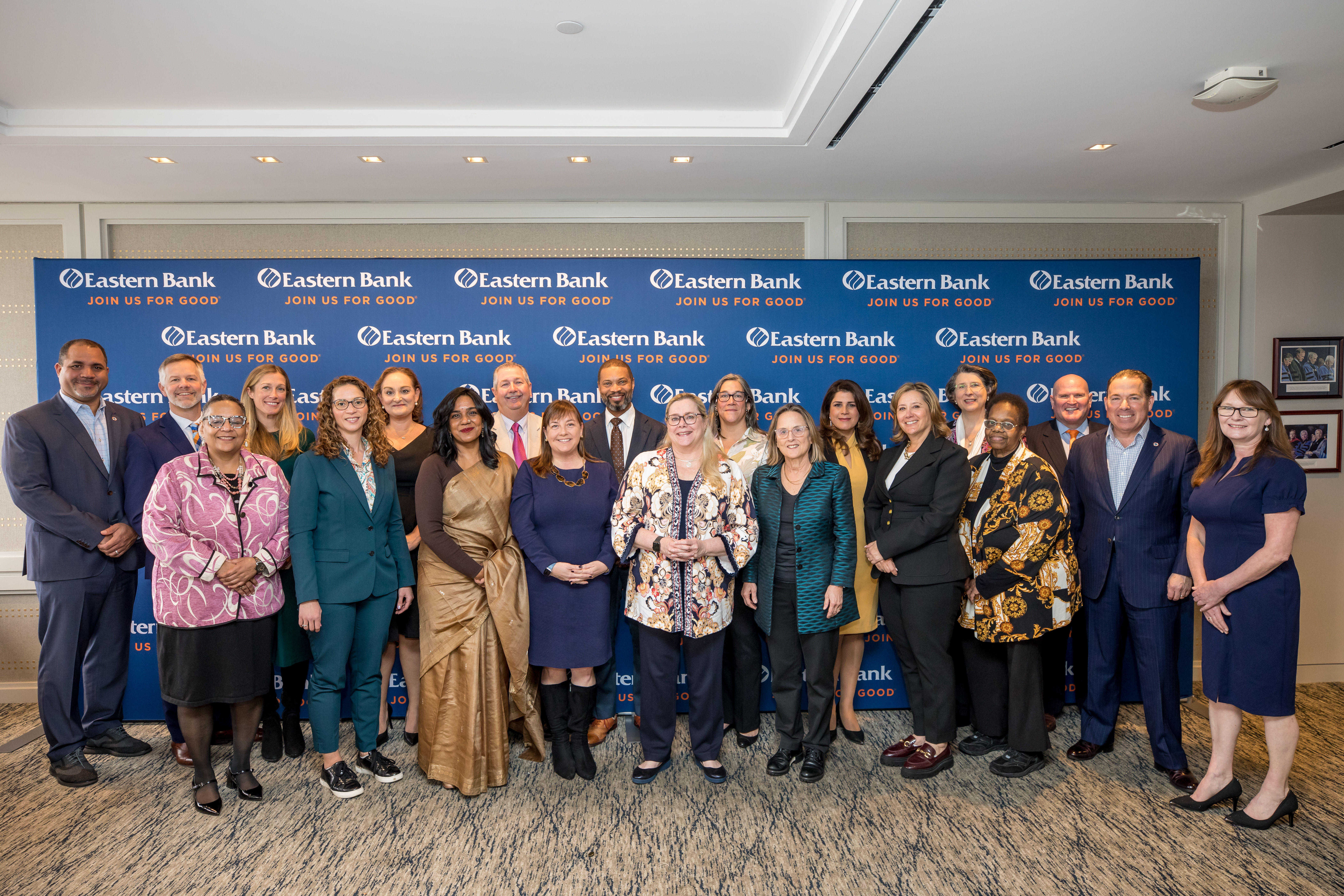
There have been some questions raised about the “rigorous curriculum” called for in President Obama’s proposal for universal access to preschool, starting with children from low- and moderate-income families. My own daughters went to a wonderful preschool with a “rigorous” curriculum that playfully and intentionally focused on children’s cognitive, social-emotional and physical development. And, as readers know, I’ve written about the subject often in this blog. With young children, play is the curriculum. With young children, a “rigorous” curriculum means a whole lot of learning going on while having a whole lot of fun.
This is the message in the Massachusetts pre-kindergarten curriculum standards in English language arts and math, which are aligned with K-12. The standards are “rigorous,” and they emphasize the importance of embedding curriculum in play and exploration.
“In this age group, foundations of reading, writing, speaking and listening, and language development are formed out of children’s conversations, informal dramatics, learning songs and poems, and experiences with real objects, as well as listening to and ‘reading’ books on a variety of subjects,” the introduction to the Massachusetts English standards states. “The standards can be promoted through play and exploration activities, talking about the picture books, and embedded in almost all daily activities. They should not be limited to ‘reading time.’… The standards should be considered guideposts to facilitate young children’s understanding of the world of language and literature, writers and illustrators, books and libraries.”
Likewise, the curriculum standards in math “can be promoted through play and exploration activities, and embedded in almost all daily activities. They should not be limited to ‘math time.’ In this age group, foundations of mathematical understanding are formed out of children’s experiences with real objects and materials.”
I asked Amy O’Leary, director of our Early Education for All Campaign, for some examples of what a “rigorous” early education curriculum looks like in action. Before joining Strategies for Children, Amy spent a decade as a preschool teacher and director at Ellis Memorial in Boston’s South End neighborhood.
“If you walk into a high-quality early education classroom, what you see is children playing,” Amy says. “What you may not realize is that each station in the room, whether the block area or the dramatic play space or the book corner, has been carefully set up to foster children’s learning and healthy development.”
Here’s what Amy says “rigorous” curriculum might look like for the under-5 set:
- An early educator on the floor with children, playing with cars and trucks, engages the children in conversation with words such as “garage”, “vehicles” and “ramp,” used in context to build children’s vocabulary and background knowledge.
- Children count how many blue cars they see as their class walks back from the playground.
- Children and an early educator gather around a water table doing an experiment to see which objects sink and which ones float.
- Children playing in a block area work together to see how high they can build a tower before it falls.
- Children in the dramatic play area, which is set up as a restaurant, order from a menu and talk about the ingredients used to make the meals.
- An early educator gently helps a child hold a pair of scissors and learn to use it by cutting scrap paper.
- Children hold and look at books in the reading corner and listen to stories and books being read aloud during circle time.
- A day starts with children and parents answering a question of the day – Did you wear gloves or mittens today? – and the group counts and graphs the answers at circle time.
- Children string together necklaces of plastic links, counting as they go and sometimes making patterns.
“Rigorous” curriculum is developmentally appropriate and builds young children’s language, math and science skills. It promotes the development of their fine and gross motor skills enhances their social-emotional development as they practice sharing, self-control, expressing themselves with words, cooperating and taking turns. It engages their imagination and creativity. It prepares them to succeed in school, the workplace and civic life.
All this, and research shows it’s a cost-effective way to help close stubborn achievement gaps, too. Not bad for a “rigorous” preschool curriculum.
(See also: How Do Young Children Learn Through Play? * Play is the Work of Young Children * Young Children are Natural Scientists and Mathematicians * With Yong Children, Play is the Curriculum)




Leave a Reply